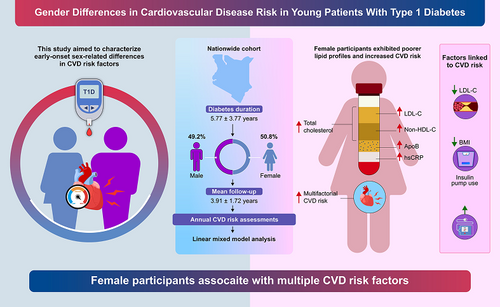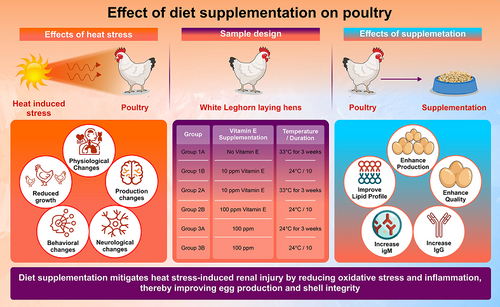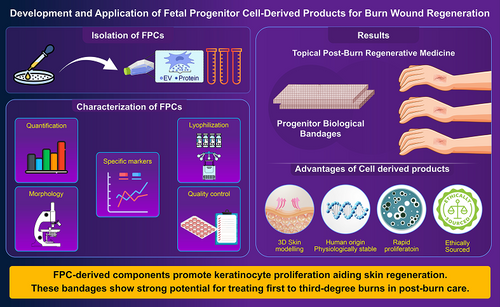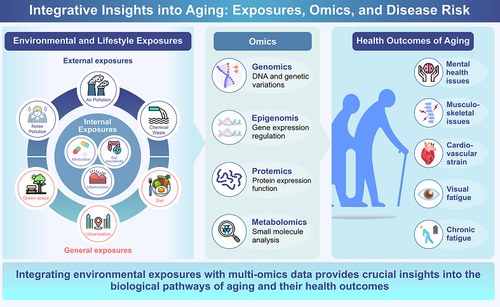Graphical Abstract Service
Capture Wider Audiences with a Compelling Visual Summary
Many top publishers, including Elsevier, Springer, Nature, IOPscience, ACS, now require a graphical abstract for submissions.
Our team of subject-matter experts and scientific illustrators can transform your findings into an appealing and scientifically accurate visual summary that meets the requirements of your target journal.
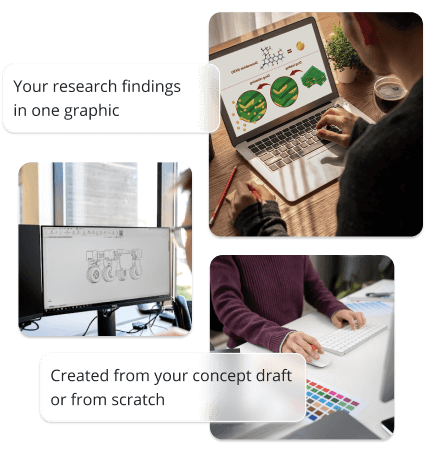
Service Options
We can create the graphical abstract from your concept sketch or develop it from your manuscript.
The Demand for Graphical Abstracts is Growing
More Journals Feature Graphical Abstracts
Our experts will create a graphical abstract that meets your target journal’s guidelines, ensuring a smooth submission without delay.
Enhancing Quick Understanding
A well-designed graphical abstract turns your complex research into a visually engaging and easy-to-understand format, allowing your audience to grasp key points within seconds.
Broadening Your Research's Appeal
Graphical abstracts are powerful tools for reaching broader, non-specialist audiences. Easily shareable on social media, they help make specialized research accessible to the wider public.
Science Meets Art
Creating an impactful graphical abstract requires both scientific accuracy and design sensitivity. Our subject-matter experts collaborate with designers to create visuals that are both scientifically sound and visually engaging.
Graphical Abstract Samples
How It Works
StepsComplete Graphical Abstract
Concept
A subject matter expert from your research field reads your manuscript and creates a synopsis of key findings.
Sketch
Illustrators create a prototype based on the synopsis, ensuring clarity and accuracy.
Design
After expert review, designers finalize the graphical abstract with professional software.
Fine-Tuning
We fine-tune the design according to your feedback while ensuring all image elements meet the required standards (font, text size, resolution, file type, color, etc.).
Smart Graphical Abstract
Concept
A subject matter expert from your research field reads your manuscript and creates a synopsis of key findings.
Sketch
Illustrators create a prototype based on the synopsis, ensuring clarity and accuracy.
Design
Our expert reviews your sketch and directs the design team to transform it into a professional graphical abstract.
Fine-Tuning
We finalize the design according to your feedback while ensuring all image elements meet the required standards (font, text size, resolution, file type, color, etc.).
STM Publishers Who Recommend Us
FAQs
What is a graphical abstract?
+A graphical abstract visually represents the key findings of a research paper using diagrams, images, and minimal text. It enhances understanding and engagement and is increasingly required by scientific journals for its effectiveness in summarizing complex information in an intuitive manner.
Why does my journal ask for a graphical abstract?
+Many top publishers like Elsevier, Springer, Nature, IOPscience, ACS, etc. now require a graphical abstract. Journals request graphical abstracts to enhance the dissemination and impact of research articles. They help readers quickly grasp what the research is about and can increase the visibility and citations of the research, catering to the growing demand of visual information consumption.
Will I own the copyright of the graphical abstract? Can I use it for other purposes, such as publishing it on my social media feeds?
+Upon delivery, all copyrights are transferred to you. If any copyrighted elements are used, we will provide this information. You may use the graphical abstract as you wish; however, we suggest that you retain copyright wherever you post the materials.
How are graphical abstracts effective in academic communication?
+Graphical abstracts improve research visibility, leading to three times more downloads and eight times more shares on digital platforms. They enhance discoverability through image searches, attract a wider audience, and can result in higher citation rates and greater research impact.
What if I am not happy with the final design?
+Enago guarantees customer satisfaction by offering revisions until you are completely happy with the final design. Our team works closely with you to incorporate your feedback and ensure the graphical abstract envisions your concepts.
What are the differences between graphical abstracts and infographics?
+Graphical abstracts summarize the main findings of a research paper with minimal text and visual elements, tailored for academic journal submissions. Infographics provide a broader narrative with more detailed text and visuals, typically used for educational and outreach purposes.

